Wild cats are a diverse group of predators found across the globe, ranging from the majestic lion in Africa to the elusive leopard in Asia. One intriguing aspect of these animals is their varying degrees of nocturnality. Some wild cats are predominantly active at night, while others are more diurnal or crepuscular. This article explores the reasons why some wild cats are more nocturnal than others, touching upon evolutionary, ecological, and behavioral factors.
Evolutionary Adaptations to Nightlife
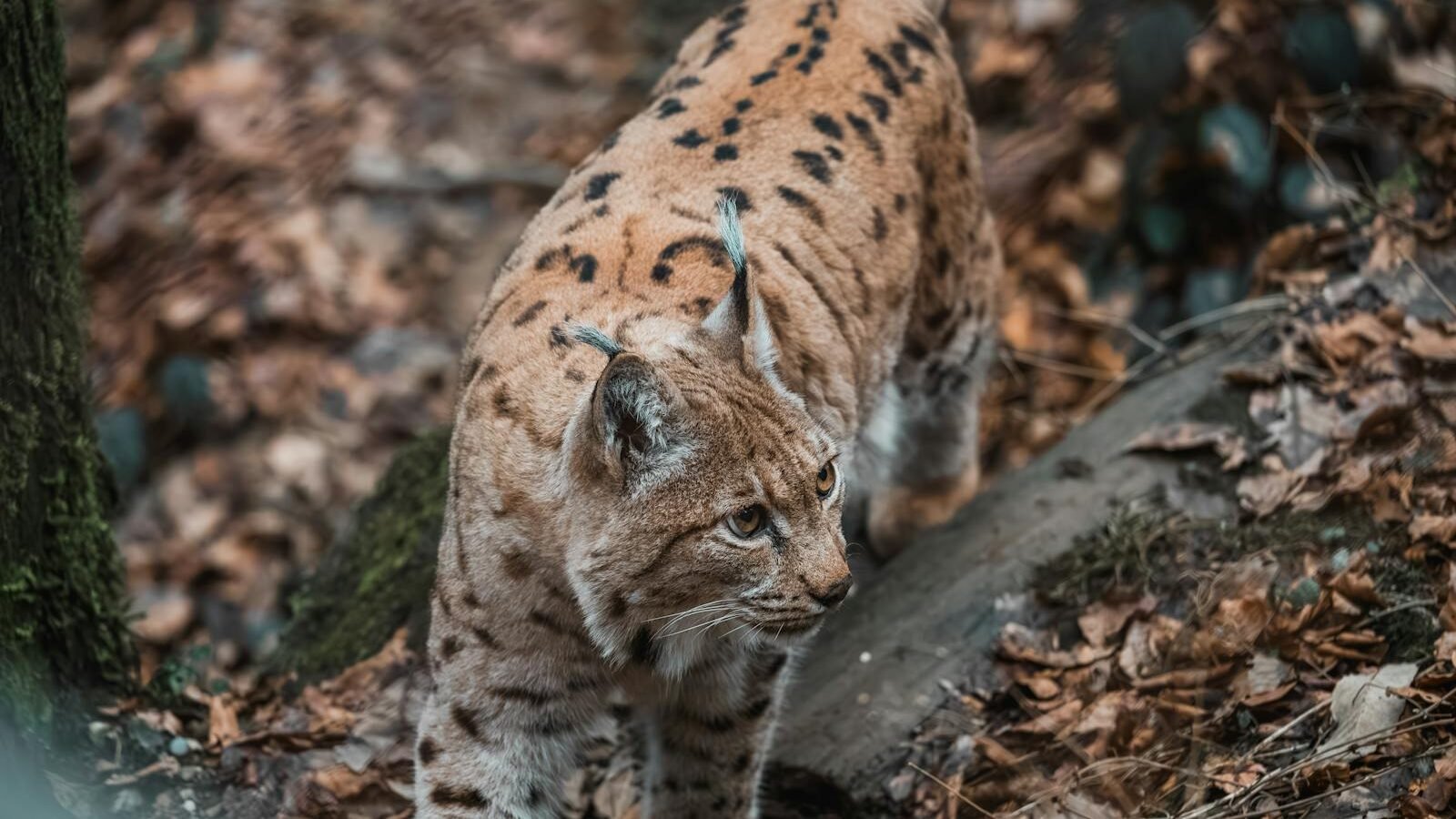
Evolution has equipped wild cats with specialized adaptations that favor nocturnal activities. These adaptations, such as enhanced night vision, keen hearing, and silent movement, have developed over millennia to give these predators a competitive edge. The ability to hunt and move silently in the dark allows them to surprise prey and avoid larger predators. In many ecosystems, being active at night reduces competition with other predators and decreases the likelihood of encounters with humans and rivals.
Prey Availability and Nocturnality
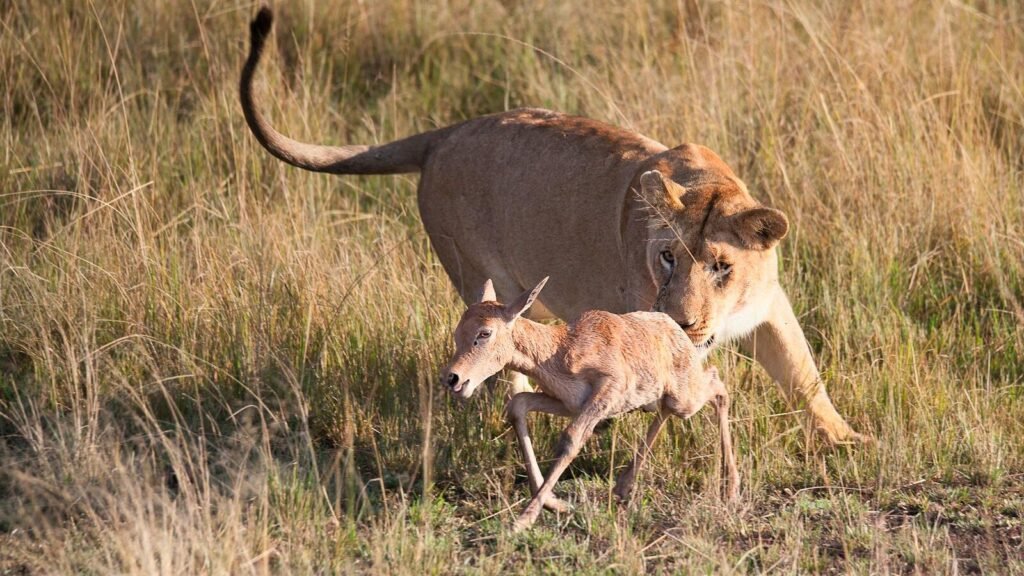
Photo by Virginio Sanches via Pexels
The availability of prey significantly influences the nocturnal habits of wild cats. Many prey animals, such as rodents and small mammals, exhibit nocturnal behavior to evade predators. Wild cats that have evolved to hunt these animals, like the African wildcat or the jaguarundi, have adapted to align their activity patterns with those of their prey. This synchronization maximizes the efficiency of their hunting efforts.
Reducing Competition Through Temporal Partitioning
In environments where multiple carnivores compete for similar resources, wild cats may become more nocturnal as a means of temporal partitioning. By hunting at night, these cats can exploit resources with reduced competition from other predators that might be active during the day. This adaptation ensures a stable supply of food while maintaining ecological balance within their habitat.
Climate and Environmental Influences

Photo by Stefan Stefancik via Pexels
Climate and environmental conditions also play a role in dictating the activity patterns of wild cats. In regions with extreme temperatures, such as deserts or savannas, avoiding the daytime heat by being active during the cooler nights helps with thermoregulation and energy conservation. Nocturnality in this context is a practical response to environmental challenges.
Avoidance of Human Threats
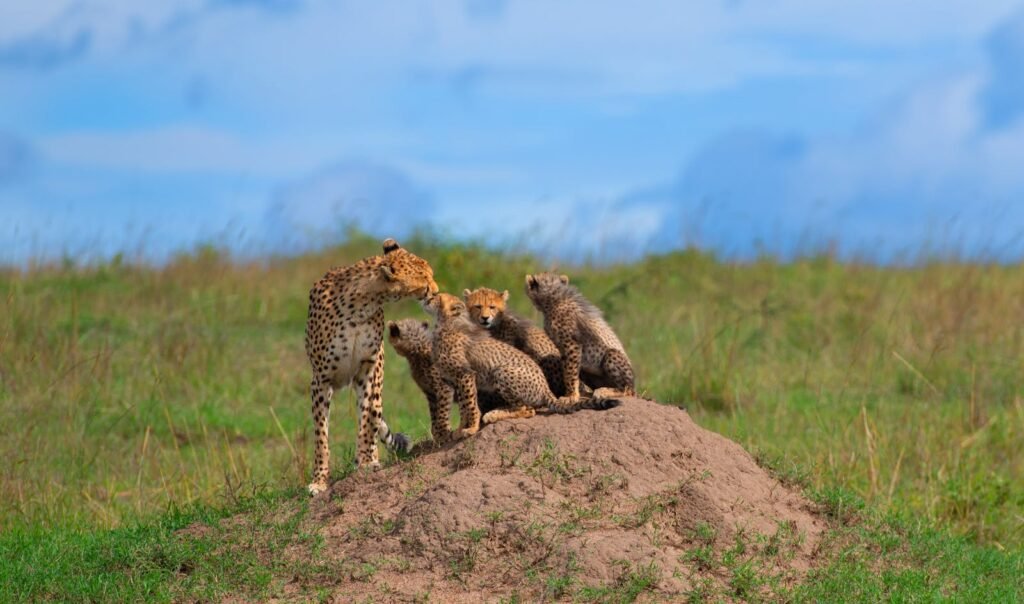
Human activity can drive wild cats to adopt nocturnal habits. High levels of daytime human activity, habitat encroachment, and hunting pressures can make nighttime a safer time for these predators. Wild cats like the leopard have been observed to increase nocturnal activity as a strategy to avoid direct conflicts with humans, thereby reducing mortality and stress associated with human encounters.
Behavioral Traits and Social Structures
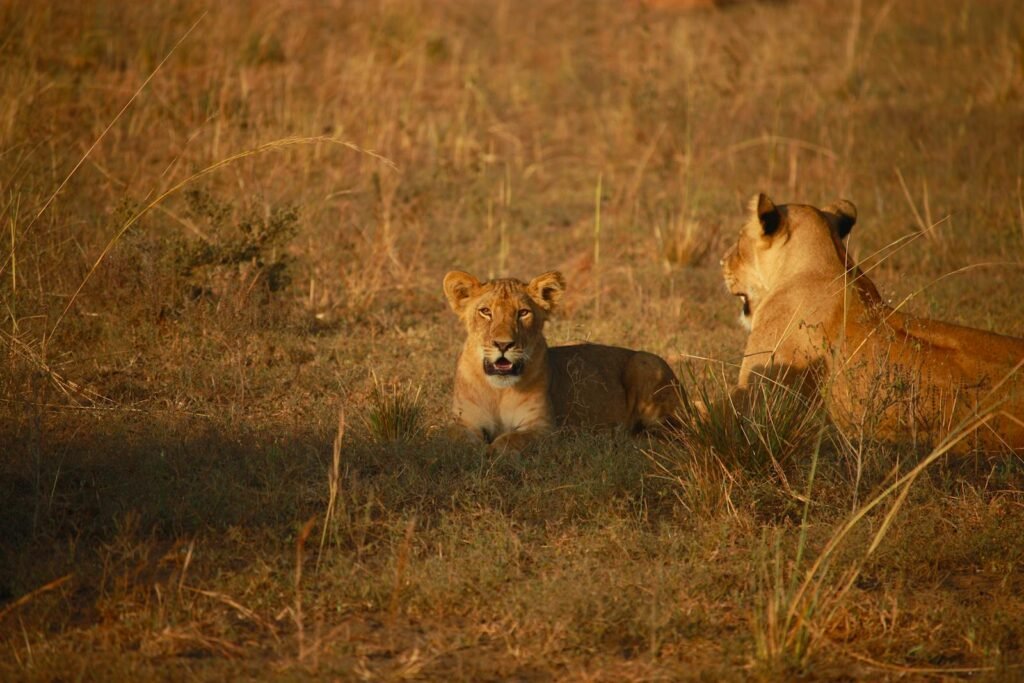
Photo by Filip Olsok via Pexels
The social structures and behaviors of certain wild cats also influence their nocturnal tendencies. Solitary hunters, such as the ocelot or the bobcat, often prefer the cover of night to maintain stealth and surprise while hunting. On the other hand, species that live in groups, like lions, may engage in social activities throughout the day and reserve nighttime predominantly for hunting.
Geographic Distribution and Habitat Type

The geographic distribution and habitat type are key factors affecting the nocturnality of wild cats. Cats living in dense forests or jungles, like the clouded leopard, are more likely to be nocturnal due to low light levels and thick vegetation that provides ample cover. In contrast, species in open plains may be more diurnal or crepuscular, using the limited cover effectively during dawn and dusk.
Genetic Factors and Evolutionary Pressures
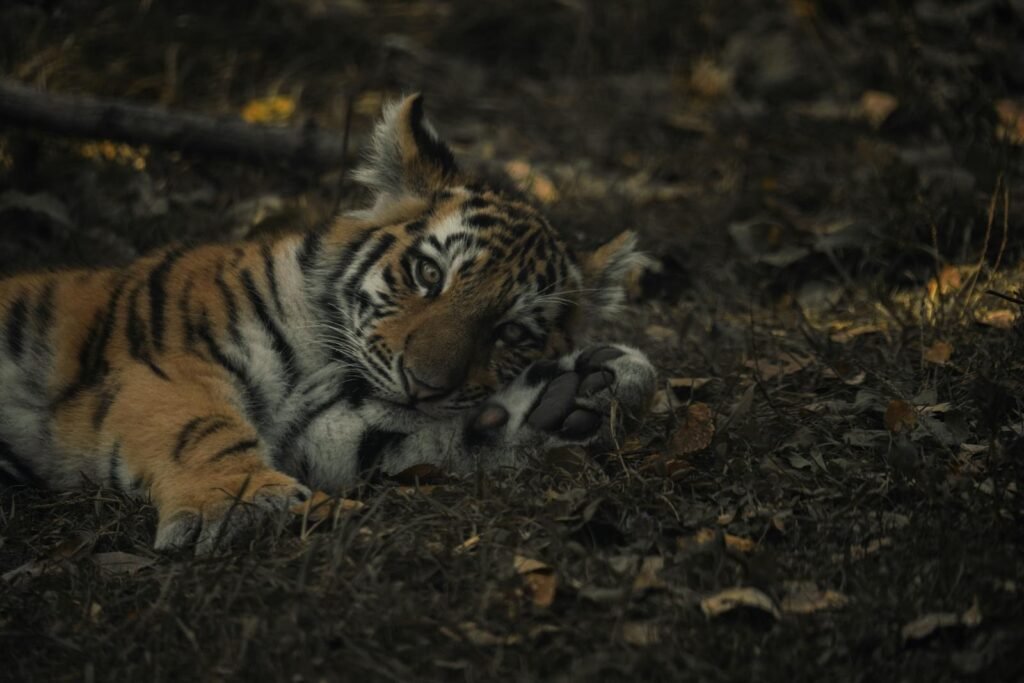
Photo by Caleb Falkenhagen via Pexels
Genetic predispositions can affect whether a wild cat is more nocturnal. Specific genes related to eyesight and olfactory capabilities can predispose certain species to behaviors better suited for nighttime activities. Evolutionary pressures, such as predation risk and habitat changes, can also drive genetic changes that reinforce nocturnal habits.
Case Studies: Variability Among Wild Cats
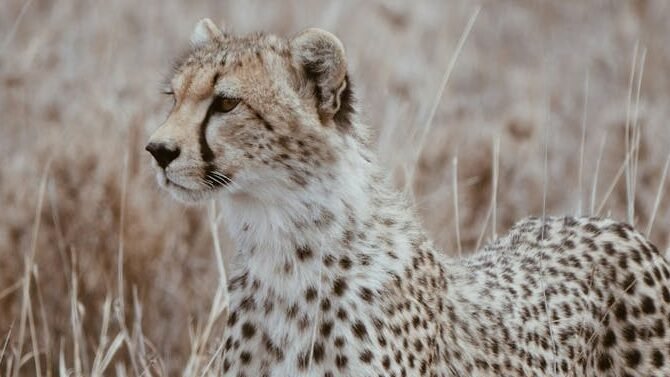
Different wild cats exhibit unique adaptations to their nocturnal lifestyles. For example, the caracal’s large ears allow it to hear the subtlest sounds, making it an effective nocturnal hunter. Conversely, the cheetah is largely diurnal, relying on speed in open terrains where night hunting offers few advantages. By examining these case studies, we gain insight into the diverse strategies employed by wild cats.
Conservation Implications of Nocturnality
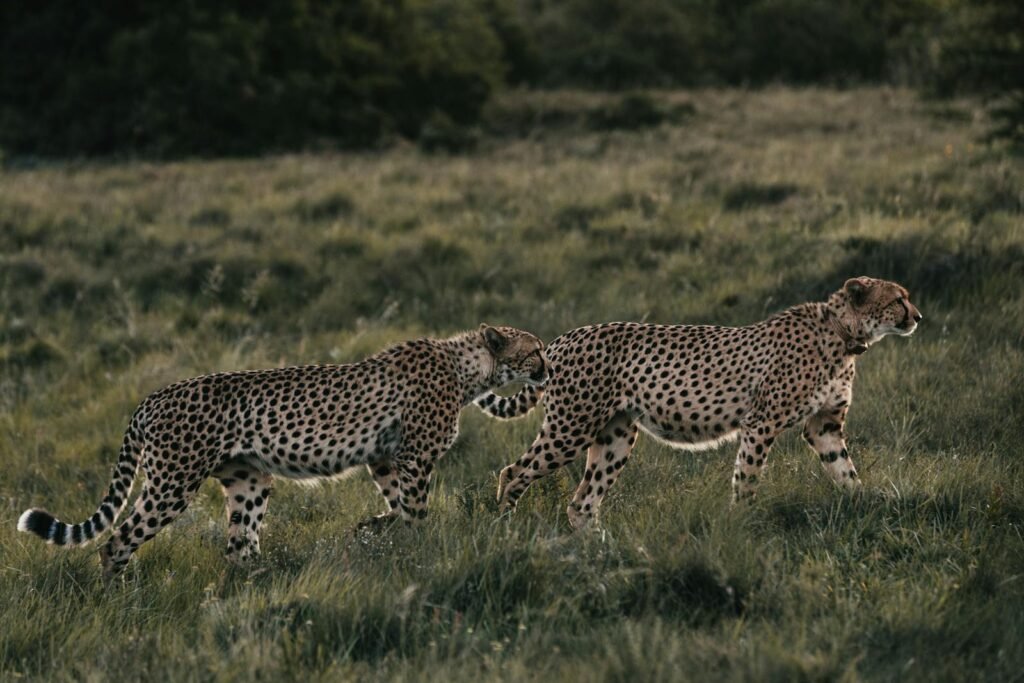
Photo by Rachel Claire via Pexels
Understanding the nocturnal habits of wild cats is crucial for their conservation. Many human activities, such as urbanization and deforestation, threaten their nocturnal habitats. Conservation efforts must account for the specific needs of these predators, recognizing the importance of preserving nighttime environments and mitigating human-wildlife conflicts to ensure the survival of these extraordinary animals.
In conclusion, the nocturnality of wild cats is a complex trait shaped by a multitude of factors, including evolutionary adaptations, prey availability, competition, and human influences. By appreciating these intricate dynamics, we can better appreciate the fascinating lives of these remarkable nocturnal hunters.

With over a decade of experience as a dedicated cat lover and enthusiast, I specialize in writing captivating content about all things feline. My expertise shines through in creating engaging and informative pieces that resonate with fellow cat lovers. As a proud cat parent to my beloved Duston, my personal connection to the world of cats adds authenticity and warmth to my work, making it relatable and heartfelt.






